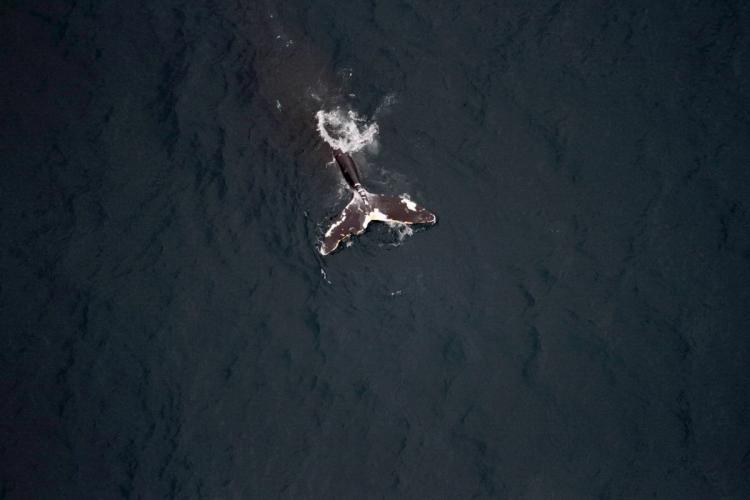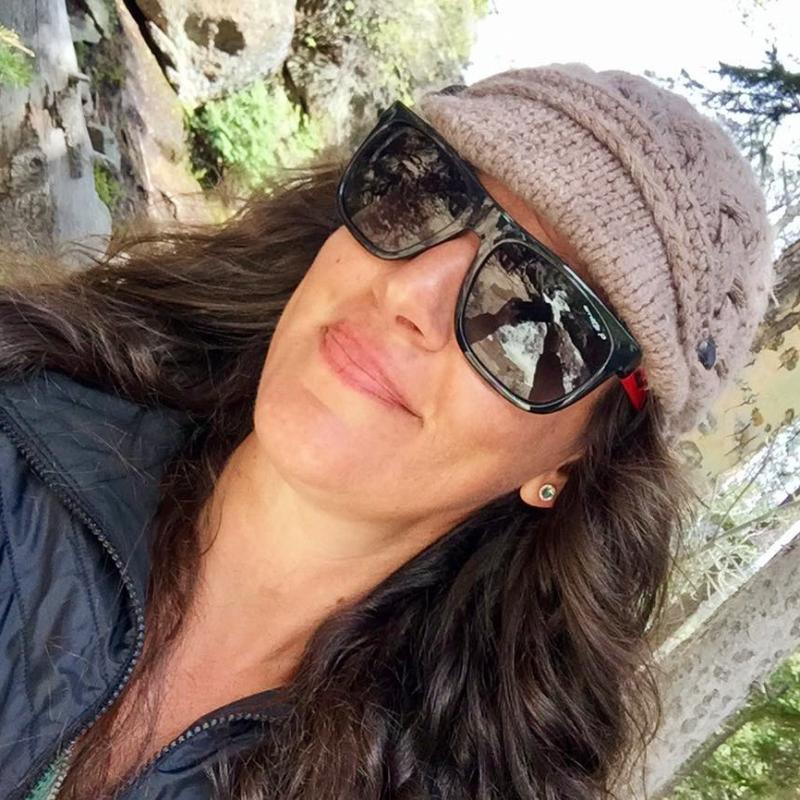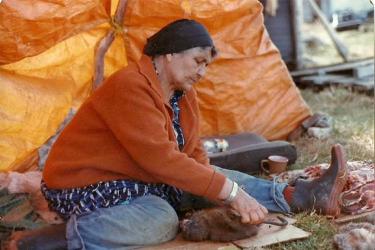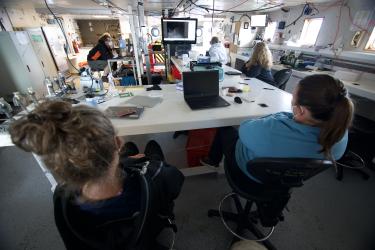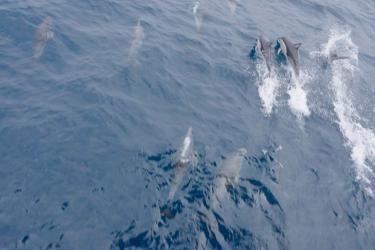The peduncle and flukes of this bowhead whale depict scars of at least one previous entanglement in fishing or crabbing gear. This whale was photographed by ASAMM in 2016, and images from 2016 were matched (with very high confidence) to images of the same whale from 1985; the entanglement scars were already evident in 1985. From these photos we have learned that (1) this whale was entangled in fishing gear (likely commercial, because commercial fishing and crabbing are most common in the overlapping geographical range of bowhead whales of the Bering-Chukchi-Beaufort stock); (2) the whale is at least 31 years old; and (3) the initial injuries were severe enough that the scars are still visible decades later.
Aerial surveys for whales offer a vastly different view compared to boat-based surveys. The aerial view allows us to see both left and right sides of a whale’s body and sometimes even parts of the body below the water’s surface. This bird’s eye view enables observers to quickly visually assess a whale’s overall health to determine if anything appears out of the ordinary, document visible injuries, and, for carcasses, occasionally determine possible cause of death. Live whales and carcasses both provide clues to unlocking ecological stories. The Aerial Surveys of Arctic Marine Mammals (ASAMM) project records data on all marine mammal carcasses sighted during aerial surveys, and photographs most of them. ASAMM also opportunistically collects photos of live whales.
What types of health assessments can these photos provide?
Whales can become entangled in recreational and commercial fishing and crabbing lines. Entanglement in fishing gear is one of the leading causes of human-induced injury and mortality for whales.
Whales can be difficult for boaters and large vessels to detect. Vessel strikes are another leading cause of human-induced injury and mortality for whales. Some collisions with vessels are fatal. In other cases, a whale may survive the collision and carry scars of its encounter. As sea ice decreases and marine traffic increases in the Arctic Ocean, scientists are monitoring the effects of shipping traffic on whales in these remote waters.

Like humans, whales can have genetic mutations that cause unusual markings and skin pigmentation.

Killer whales are the only known natural predator of bowhead whales. ASAMM data suggest that killer whale predation on bowheads may be on the rise.

Carcasses provide insight to the predominant winds and surface currents in the study area.

Carcasses are an important part of the Arctic food web.

And carcasses can remain in the ecosystem for a long time, providing energy to other animals.

We may not know what a live whale or a whale carcass will be able to tell us until we record the data and examine the photos!
